The Hindus of Hindustan: A Civilizational Journey
Notwithstanding the views of a section of historians and literati, spiritual, religious, and cultural continuity in India goes back many millennia. Identification with, and adoration of, the land was expressed in the sixty-three verses long Prithvi Sukta of the Atharva Veda, described as the first “national song” in the world. Veneration of the land remained a recurrent theme in sacred literature.
Kautilya, in the Arthasastra, articulated the ideal of political unification, when he said that from the Himalayas to the seas, the land should have one ruler. That ideal was accompanied by a consciousness of cultural union. Paithinasi, reputed author of a work on dharma sastra belonging to the Atharva Veda, stated that dharma stood on four legs (i.e. it was fully developed) from the Himalayas to Kanya Kumari.
Evidence of continuity of religious beliefs and motifs could be traced to the late Upper Palaeolithic (c. 9000-8000) site of Baghor I (Sidhi district, Madhya Pradesh), to the celebrated Indus Valley Civilization, and well thereafter.
Rulers of foreign origin, who ruled over parts of the north-western regions for significant periods, wholly immersed themselves in the spiritual traditions of the land. Ancient lawgivers facilitated the assimilation of foreign groups within the capacious embrace of Indian civilization. Things took a dramatically new turn with the advent of a new group of invaders in the eighth century ce.
The book highlights the underlying features of Indian civilization, that were manifest from its founding moments, and that remained unchanged over the millennia.
Contents: Preface. Section A: The Making of Early India. 1. Mapping the Landscape. 2. Veneration of the Land. 3. The Notion of Aryavarta. 4. Sources of Dharma. 5. Movement Beyond the Land of the Seven Rivers. 6. The Movement Southwards. 7. The First Civilization and Its Continuities. 8. Cult of the Pillar Another Case of Continuity. 9. A Fundamental Harmony. 10. Images, Temples and Participation of All. 11. Sacred Literature A Common Wellspring. 12. They Came and Were Conquered. 13. Influx of Hunas. 14. The Maligned Lawgivers. Section B: The Advent of Islam. 15. The Advent of Islam. 16. Mahmud Ghaznavi, Muhammad Ghori. 17. Resistance to Muslim Invaders Documented in Inscriptions. 18. Why Early Foreigners Became Part of the Indic-fold, Not Later Ones. 19. Living Together Separately The New Normal. References. Index.
Get it now and save 10%
BECOME A MEMBER

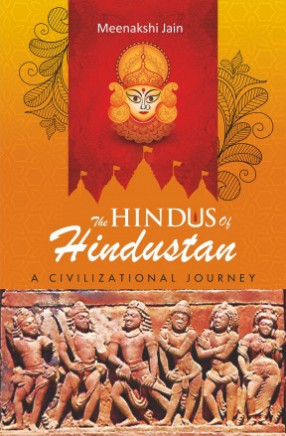
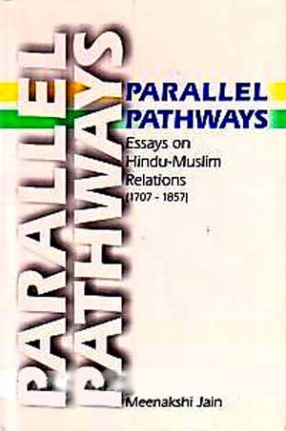
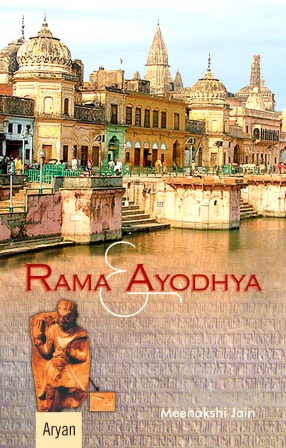
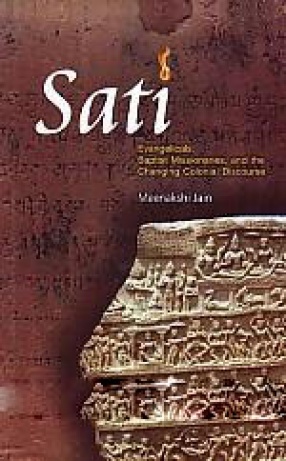
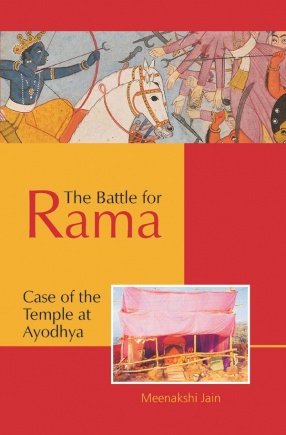
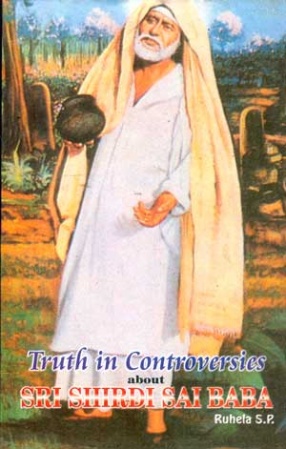

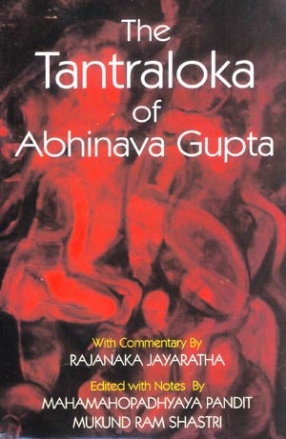


Bibliographic information